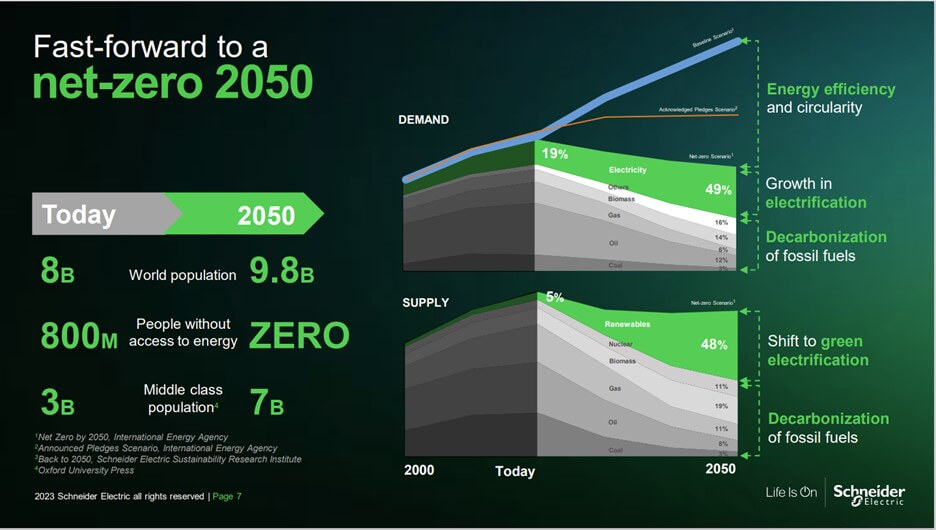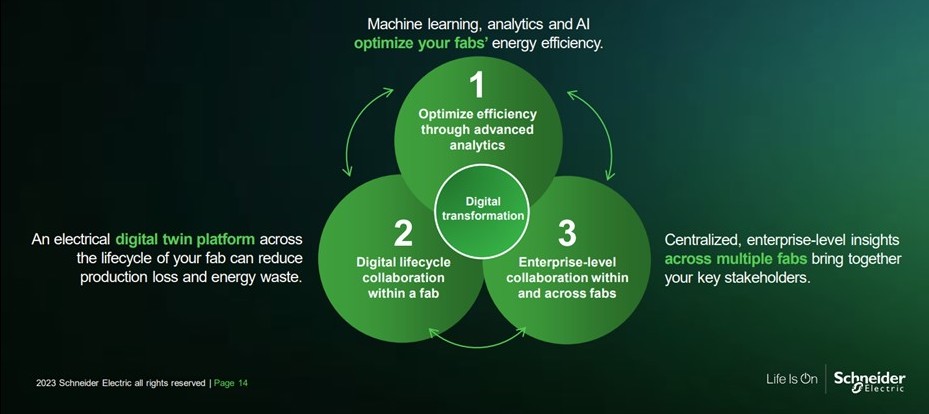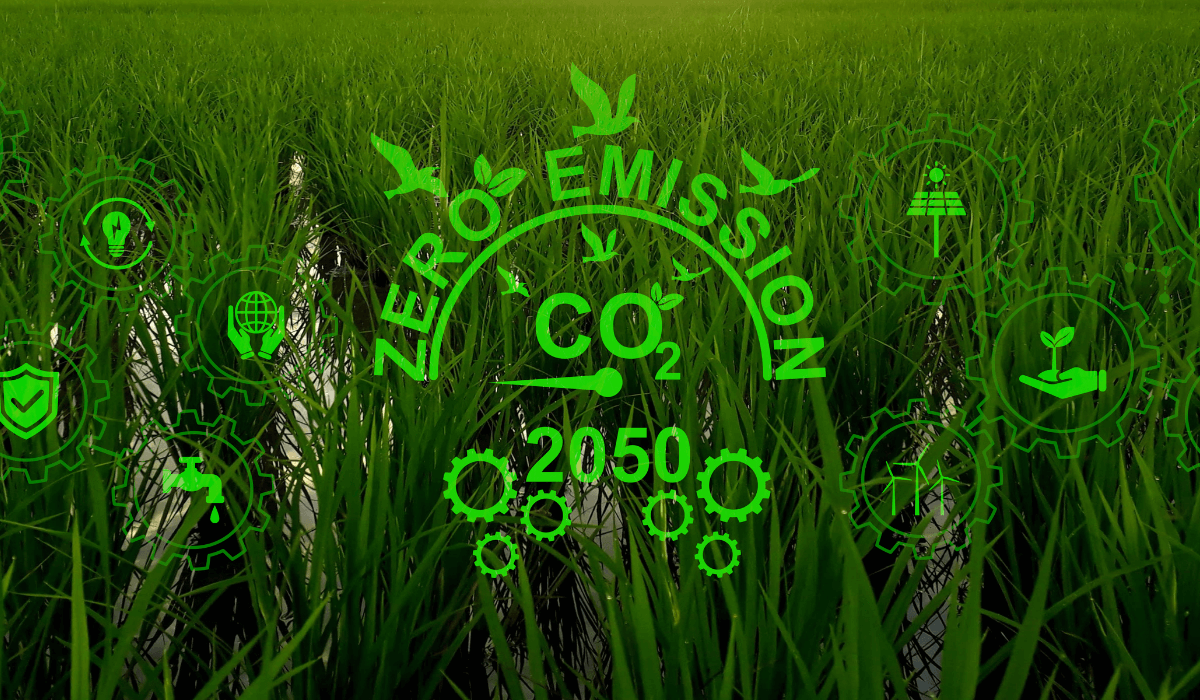My sustainability news feed has been filled with articles regarding COP 28, and news of successes and failures regarding the reduction of CO2 levels in 2023. Most of these are focused on the prospect of missing the 1.5°C target set in Paris, the positives and negatives of carbon capture, the debate on whether this was truly the hottest year on record, and the worries that renewables and EV growth may have hit a plateau due to cost and infrastructure issues.
One of my big concerns on the road to net zero —especially with the challenges wind power faced this year — is whether renewables can keep up with the frenetic pace of companies moving to renewable power sources to meet their 100% renewable commitments. The grid is also a big issue, as we need to move power easily across regions. Buried in these concerns is how smaller companies can compete and meet their sustainability goals when larger companies with deeper pockets seem to be buying most of the power from renewable sites.

In the microelectronics industry, the players that drive a significant part of the industry’s revenue —Amazon, Meta, Apple, and Alphabet — all have aggressive 100% solar and net zero commitments. To meet their net-zero commitments, they need their supply chain and their supply chain’s supply chain to get to net zero as well.
Here is where I think a key challenge lies in getting that supply chain to net zero: As data centers consume more renewable energy and the pool of renewable energy credits (REC) shrinks, how does a sub-supplier find REC or power purchase agreements, and secondly will they be affordable?
In a presentation during SEMICON West 2023, Schnieder Electric showed how it assists companies in reducing their electric —and thus carbon — footprint. The company proposed that by using digital technology, they can help fabs — and possibly their suppliers — reduce their carbon footprint. They gave examples of how they are working with data centers, Walmart, and pharmaceutical companies using Walmart’s Gigaton PPA program. and the Energize program to improve carbon footprints (Figure 2).

At the end of the presentation Schneider, Intel, ASM International, and Applied Materials, introduced the Catalyze program. It is designed to accelerate the adoption of renewable energy and reduce carbon emissions throughout the global semiconductor value chain. ASM re-announced its commitment to the program at Semicon Europa 2023.
One of the key tenets of this program is the goal of accelerating renewable energy projects through joint long-term sourcing programs: Think power purchase agreements (PPA). This renewable source will be pooled and made available to companies that may not have the resources or are too small to justify a PPA agreement. Companies whose factories cannot purchase RECs due to the lack of a renewable energy supply, or for which credits have been purchased by larger companies can also participate.
This touches on a point that I have written about before, where some of the large companies have purchased a significant amount of PPAs or developed their own renewable sources to meet their internal demand. In some cases, these were future PPAs, which may reduce the amount of available REC for smaller companies. Alternatively. as the demand for renewable energy increases, and supply doesn’t keep up with demand, then REC or PPA agreements may become too expensive for a smaller supplier. This is a potential reality with the current slowdown in renewable projects.
Another example of this type of collaboration is being developed by TSMC. On Earth Day of 2023, TSMC created a similar program for their suppliers, signing a 20GWh contract for renewable energy, and 10GWh of that power is available to TSMC’s suppliers to help them get on board with renewable energy.
The program still appears to be in its infancy, as a quick web search only turned up versions of the press release on companies’ websites. I’m looking forward to 2024 as the Catalyze program gains momentum, to see what other companies get on board as industry collaboration sets its sights on becoming net zero.



















